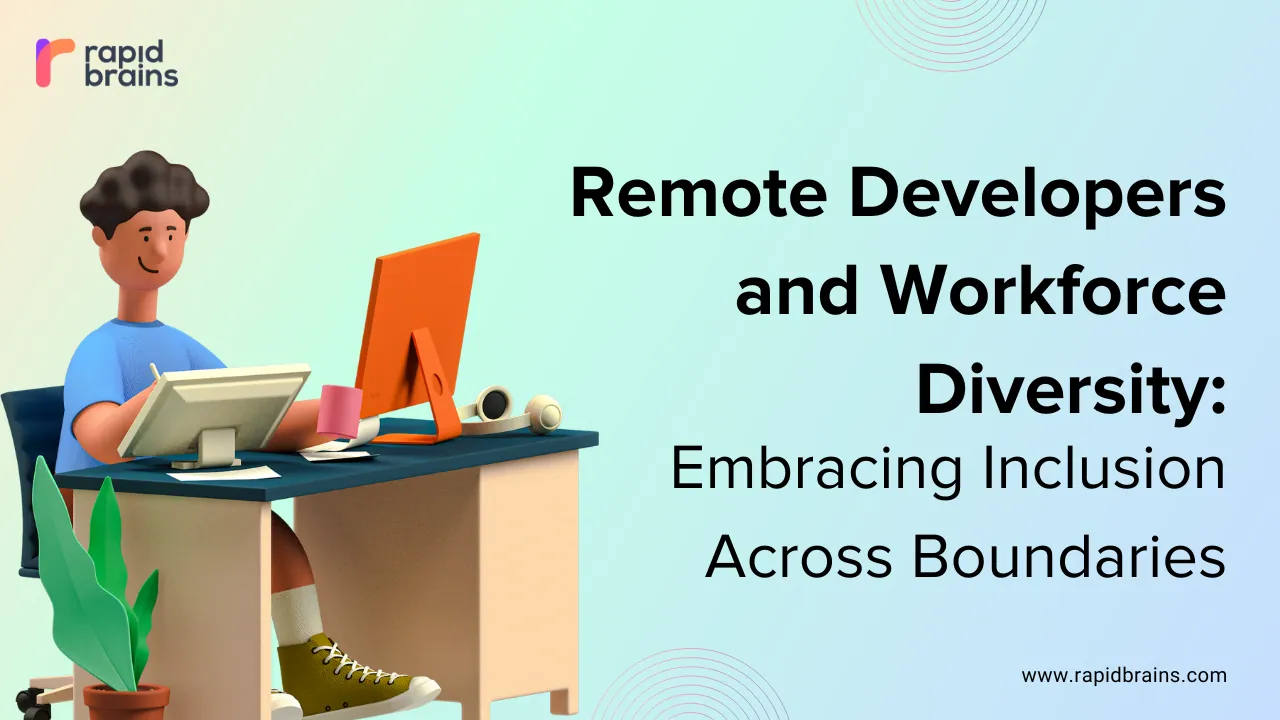
Introduction:
The world of work has undergone a significant transformation with the rise of remote developers. Traditional office settings are being replaced by virtual workspaces, opening up new possibilities for companies to build diverse and inclusive teams. In this blog post, we will explore the impact of remote developers on workforce diversity and how organizations can actively embrace this trend to create a more inclusive work environment.
Expanding the Talent Pool:
One of the key advantages of remote developers is the ability to tap into a global talent pool. By removing geographical constraints, organizations can access talent from different regions, cultures, and backgrounds. This increased diversity brings fresh perspectives, innovative ideas, and a range of experiences to the table. Remote work enables companies to transcend boundaries and build a workforce that reflects the richness of the global community.
Promoting Inclusion:
Remote work has the potential to foster a more inclusive work environment. It provides an opportunity for individuals from underrepresented groups to participate in the tech industry without facing the biases associated with physical proximity. By actively seeking remote developers, organizations can break down barriers and create equal opportunities for professionals from diverse backgrounds, ethnicities, genders, and abilities. This leads to a more vibrant and inclusive work culture that celebrates diversity.
Challenges and Solutions:
While remote work offers numerous benefits, it also presents challenges that organizations must address to ensure a diverse and inclusive workforce. Communication barriers, time zone differences, and cultural nuances can hinder effective collaboration. To overcome these challenges, companies need to invest in robust communication tools and technologies that facilitate seamless collaboration. Additionally, fostering a culture of inclusivity and providing training on cultural sensitivity can bridge the gaps and promote understanding among remote team members.
Building a Supportive Infrastructure:
Creating a supportive infrastructure is essential for maximizing the potential of remote developers and promoting diversity. Organizations should establish flexible work policies that accommodate different time zones and enable work-life balance. Implementing mentoring programs and employee resource groups can offer remote developers the necessary support and guidance for their professional growth. By prioritizing the well-being and success of remote team members, organizations can foster an inclusive environment where everyone feels valued and empowered.
Conclusion:
Remote developers have the power to revolutionize the workforce by bringing diversity and inclusion to the forefront. Embracing remote work opens up opportunities for organizations to build a truly global and inclusive workforce. By actively seeking remote developers from diverse backgrounds and fostering an environment of inclusivity, companies can harness the collective power of diverse perspectives and experiences. Let us embrace the potential of remote developers to create a future where boundaries are transcended, and diversity is celebrated. Together, we can build a more inclusive and innovative work culture that drives success and leaves a lasting impact.




